The Halletts: Political Activists, Religious Refugees, and Active Readers
New York City was a small town in the Library’s first years. Just over 100 years after the Mayflower’s landing and some decades before the Revolutionary War broke out, the New York Society Library members were instrumental in altering New York City’s political, social and geographic landscape. Historic circulation records and other information have been digitized and are freely available on our website.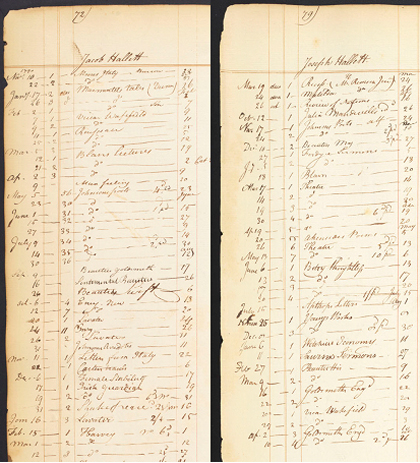
Among the hundreds of records already digitized are those of the Hallett family. Artist Julia Weist, currently working on a project for Socrates Sculpture Park in Hallett’s Cove, was aware of the Library's digital circulation records for Jacob Hallett and brought the story of this influential family to light.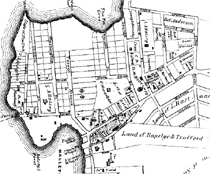
The Hallett name is familiar to most New Yorkers. The patriarch, William Hallett, arrived in the New World sometime between 1616 and 1647. He was the third husband of Elizabeth Fones Winthrop Feake Hallett (of the Massachusetts Winthrops) whose two previous husbands died of drowning and mental illness respectively. They had five children together as they escaped religious persecution in Connecticut and Native American attacks in Long Island, all the while helping to establish a woman’s right to own property and the basis for religious freedom in the country.
It was this William Hallett who bought 160 acres of what we call Hallett’s Cove in 1652. Twelve years later his holdings included all of today’s Astoria, some 2,200 acres. The area remained rural and served as a ship landing until Hallett’s Cove was officially founded, not by a Hallett, but by fur merchant Stephen A. Halsey, in 1839. A steamboat and ferry line was established linking it to 86th Street in Manhattan. It was then renamed after the wealthiest man in America, John Jacob Astor, in hopes that he would invest some of his considerable wealth in the neighborhood. After much debate between supporters of Astor, who in the end only gave $500, and others, the name Astoria won the day. Hallett’s Cove does exist still today, encompassing the area that includes the Socrates Sculpture Garden, an innovative outdoor museum that sprang from a landfill.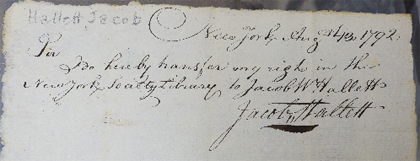
While William Hallett lent the family name to land in Queens, we know his descendants enjoyed Manhattan’s own New York Society Library. Our ledgers have no fewer than six Halletts as active members of the Library in the 1790s. Jacob Hallett, whose digitized circulation records caught Weist’s eye, passed his Library share to a Jacob W. Hallett in August of 1792. Also digitized are Joseph Hallett’s circulation records. In our archives but not yet digitized are the names of Jeremiah, Richard S., Joseph, and Jacob W. Hallett with their stellar (and less than stellar) record of paying dues.
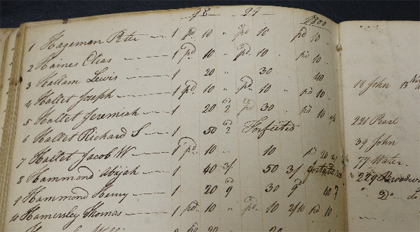
This one family brought the issues of women’s rights and religious freedoms to the forefront and gave their name to the Queens waterfront. We hope the digitization of their Library records encourages further research into New York City history.
Thank you to Julia Weist, NYPL Librarian Andy McCarthy, and Simen Kot for their indispensable help in writing this article.
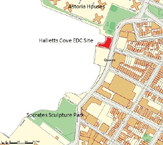

Disqus Comments